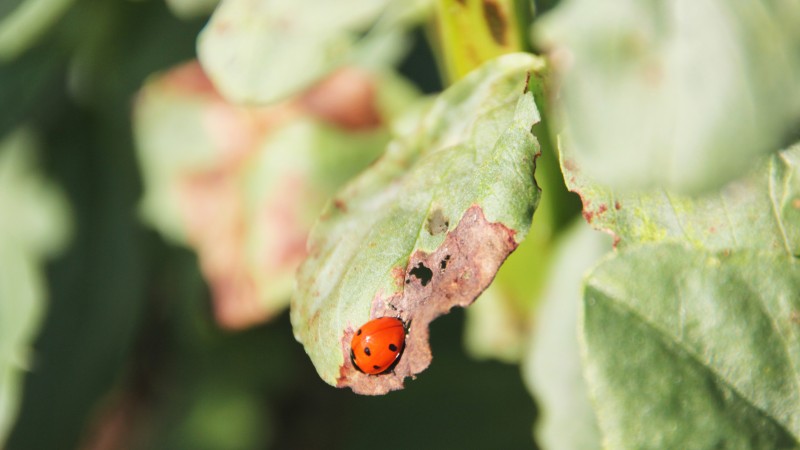– Better soil conservation;
– Decreased erosion;
– Increased biodiversity of our ecosystems;
– Increased content of organic material;
– Exclusion of the use of chemical fertilisers;
– Increased predatory fauna, which will play a fundamental role in naturally limiting vineyard pests.
Inter-row swarding consists of sowing plant cover and allowing it to develop temporarily or permanently, fully or partly on the surface of the vineyard. Vineyard swarding can be permanent or temporary, sown with a single or several species of plant, or can be natural, making use of the existing flora.

Once these parameters have been examined, a sowing plan is drawn up based on a strategy defined for each of the plots in our vineyard. Six types of intervention have been outlined accordingly (seeding/sward management):
- 50% mixture of annual clover + 50% dried legumes;
- 50% mixture of annual clover + 50% spontaneous vegetation;
- 100% legumes;
- 50% fescue + 50% dried legumes;
- 100% spontaneous vegetation;
- 50% red clover + 50% dried legumes.




All these strategies are fundamental in increasing our soils and reducing the rate of plagues. In the future, this will allow us to increase the quality of the grapes naturally, and therefore boost the quality of our wines.



